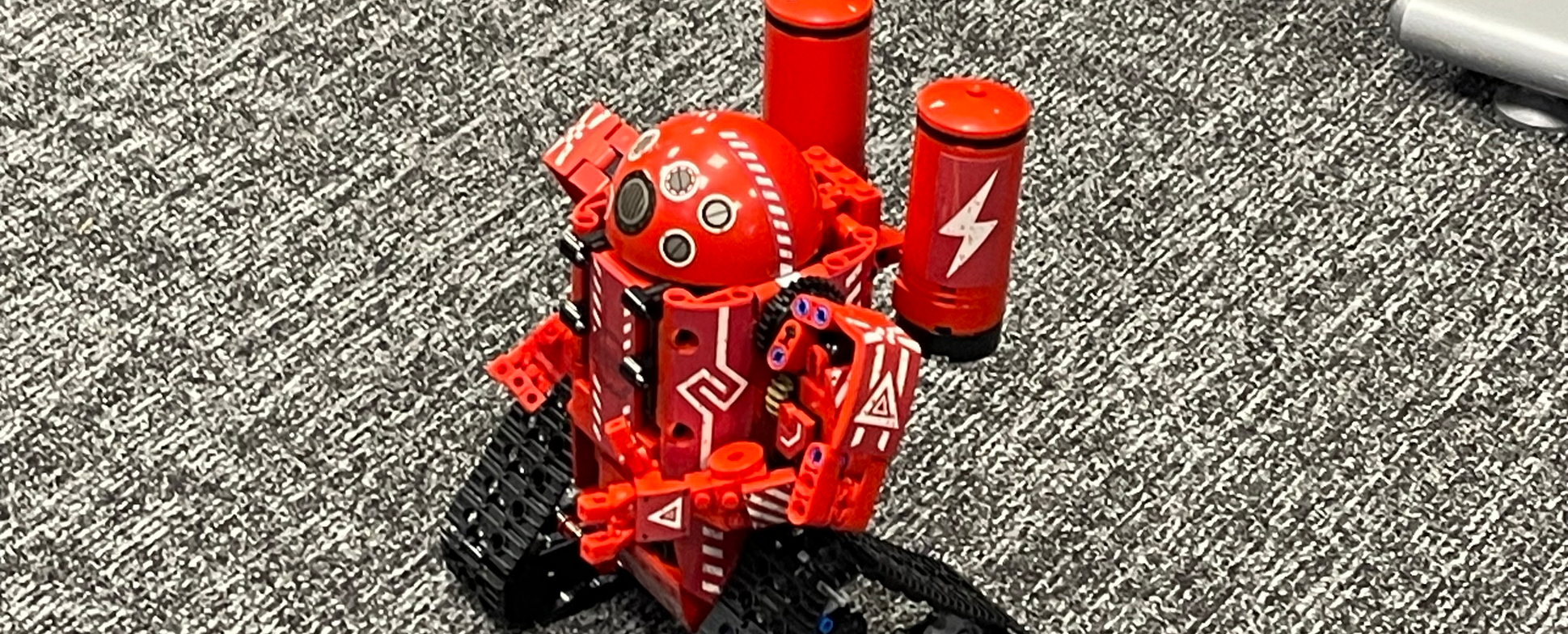
Bridging the Digital Divide
Coding and Robotics Lab
Coding isn't just about computers. Studies show it strengthens academic performance in math, reading, and other areas. It also nurtures critical thinking, problem-solving skills, and communication – all essential for success in any field.
STEMcamp is an introductory coding and robotics program delivered in partnership with local schools. Its aim is to provide educational opportunities to disadvantaged and vulnerable people to transform the lives of young children to learn, grow and develop through education.

What is the
STEMcamp
STEMcamp is a six-week coding and robotics camp, it offers a comprehensive introduction to these exciting fields. Participants will spend the first three weeks diving into coding with Google's CS First Curriculum. In the following three weeks, they'll put their skills to the test by designing, building, and programming their own robots. Led by experienced computer science teachers and enthusiastic student volunteers, the camp is designed to be both fun and educational. Through interactive activities and hands-on projects, young people will develop tangible skills and gain valuable experience, fostering their potential and passion for STEM careers and technology.

How we bridge the digital divide?
-
The digital divide is the gap between people who have access to digital resources and those who don't. It can be caused by a number of factors, including financial disparity, lack of skills, and lack of education. The digital divide in coding and robotics can be exacerbated by a number of factors, including:
-
Cost: Advanced robotic systems can be expensive, which can widen the gap between schools that have access to resources and those that don't.
-
Teacher training: Teachers may not have the time or training to integrate robotics into their curriculum effectively.
-
Digital literacy: A lack of exposure to technology can lead to a lack of digital literacy skills.
-
Availability of technology: Some people may not have access to technology.
-
Educational inequities: Educational inequities can contribute to the digital divide.
-
Economic disparities: Economic disparities can contribute to the digital divide.
What will the child learn?
-
Coding Basics: Students will learn the fundamentals of coding using a visual programming language called Scratch.
-
Robotics: They'll apply their coding skills to control robots, exploring concepts like sensors, motors, and programming logic.
-
Problem-Solving: Coding and robotics activities will help students develop problem-solving and critical thinking skills.
-
Creativity: Students will have the opportunity to express their creativity through their coding projects.
-
Collaboration: Many of the activities involve teamwork, fostering collaboration and communication skills.
Why is Coding and Robotics beneficial?
-
Fun and Engaging: The program is designed to be enjoyable and motivating for students.
-
Academic Benefits: Coding and robotics can improve students' academic performance, especially in STEM subjects.
-
Personal Development: The program can help students build confidence, resilience, and a positive outlook on their future.
-
Career Preparation: Coding and robotics skills are increasingly in demand, providing students with valuable career inspiration.
-
Cultural Capital: Participating in the program can expose students to new people, places, and experiences, broadening their cultural horizons.
Labs Highlights
Join like-minded students and together they will tackle challenges, have fun and solve engaging problems - and have a great time!






















